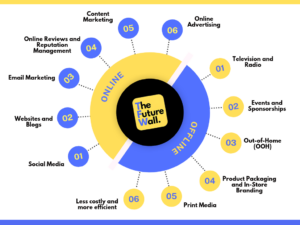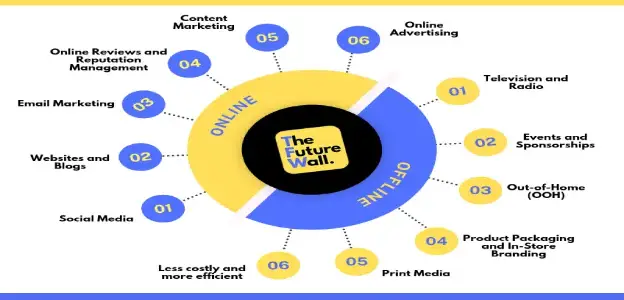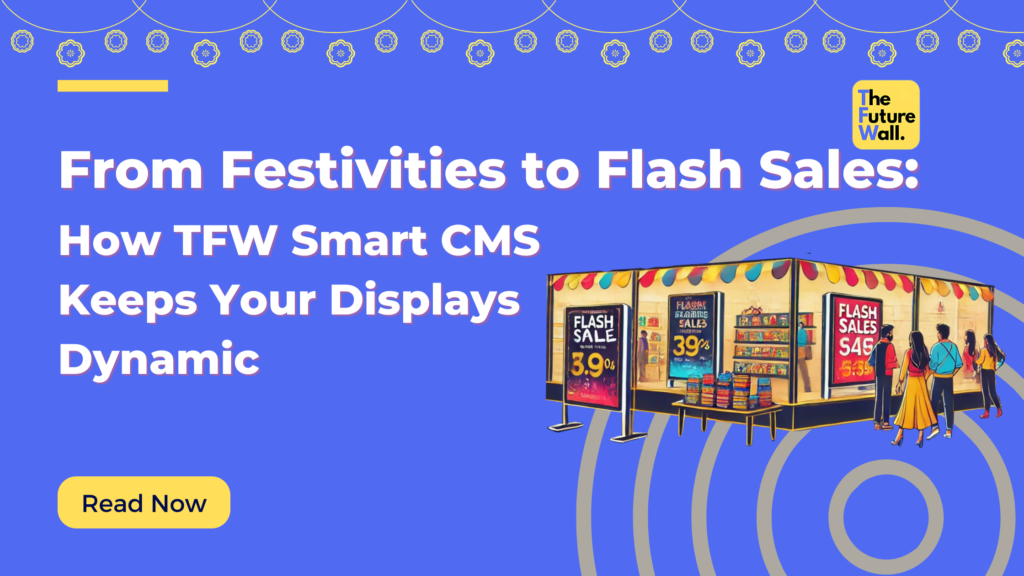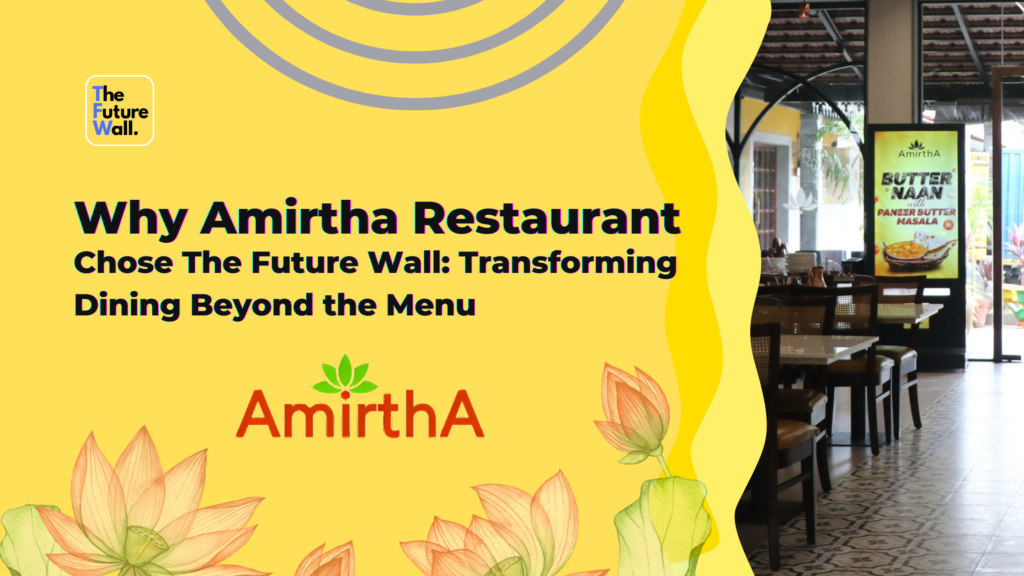Branding is a critical aspect of any business’s success. It encompasses all the ways you communicate your brand’s identity, values, and offerings to your target audience. In today’s diverse marketing landscape, branding platforms can be broadly categorized into two types: online and offline. Each has its unique strengths and applications. Let’s delve into both to understand their roles and benefits.
1. Online Branding Platforms
The digital age has revolutionized how businesses approach branding. Online branding platforms offer dynamic and interactive ways to connect with audiences. Here are some key online platforms:
a. Social Media
Description: Platforms like Facebook, Instagram, LinkedIn, and Twitter.
Benefits: Direct engagement with customers, targeted advertising, real-time feedback, and viral potential.
Examples: Running social media campaigns, influencer partnerships, and engaging posts.
b. Websites and Blogs
Description: Your business’s website and blog space.
Benefits: Full control over content, SEO benefits, establishes authority, and provides comprehensive information.
Examples: Regular blog posts, detailed product descriptions, and customer testimonials.
c. Email Marketing
Description: Newsletters, promotional emails, and personalized email campaigns.
Benefits: High ROI, direct communication with customers, personalization, and segmentation.
Examples: Monthly newsletters, special offers, and personalized product recommendations.
d. Online Advertising
Description: Google Ads, social media ads, and other pay-per-click (PPC) campaigns.
Benefits: Targeted reach, measurable results, and flexible budgeting.
Examples: Search engine ads, display ads, and retargeting campaigns.
e. Content Marketing
Description: Creating valuable content to attract and engage your audience.
Benefits: Builds trust, enhances SEO, and positions your brand as an industry leader.
Examples: Infographics, videos, eBooks, and whitepapers.
f. Online Reviews and Reputation Management
Description: Platforms like Yelp, Google Reviews, and industry-specific review sites.
Benefits: Builds credibility, influences purchasing decisions, and provides feedback.
Examples: Encouraging satisfied customers to leave reviews and responding to feedback.
2. Offline Branding Platforms
Despite the digital shift, offline branding remains crucial for creating tangible and personal connections. Here are some key offline platforms:
a. Print Media
Description: Newspapers, magazines, brochures, and flyers.
Benefits: Tangible, can reach local audiences, and high trust factor.
Examples: Magazine ads, local newspaper inserts, and branded brochures.
b. Television and Radio
Description: TV commercials and radio ads.
Benefits: Wide reach, visual and auditory impact, and broad demographic targeting.
Examples: Prime-time TV ads and radio jingles.
c. Events and Sponsorships
Description: Trade shows, conferences, and sponsorship of events.
Benefits: Direct engagement, networking opportunities, and brand exposure.
Examples: Booths at trade shows, sponsoring local events, and hosting workshops.
d. Out-of-Home (OOH) Advertising
Description: Billboards, transit ads, and posters.
Benefits: High visibility, repeated exposure, and geographic targeting.
Examples: Highway billboards, bus stop ads, and digital screens in public places.
e. Product Packaging and In-Store Branding
Description: Branding on product packaging and in-store displays.
Benefits: Directly influences purchasing decisions, enhances customer experience, and reinforces brand identity.
Examples: Eye-catching packaging design and branded point-of-sale displays.
f. Direct Mail
Description: Postcards, catalogs, and personalized mailers.
Benefits: Highly targeted, personal touch, and measurable response rates.
Examples: Seasonal catalogs and promotional postcards.
Conclusion
Both online and offline branding platforms have their unique advantages and can be strategically combined to create a robust brand presence. Online platforms excel in reach, engagement, and real-time interaction, while offline platforms offer tangible, high-impact connections. The key is to understand your audience and leverage the strengths of each platform to build a cohesive and compelling brand identity.







